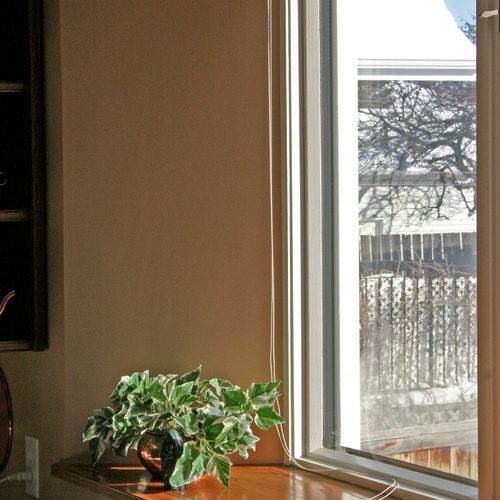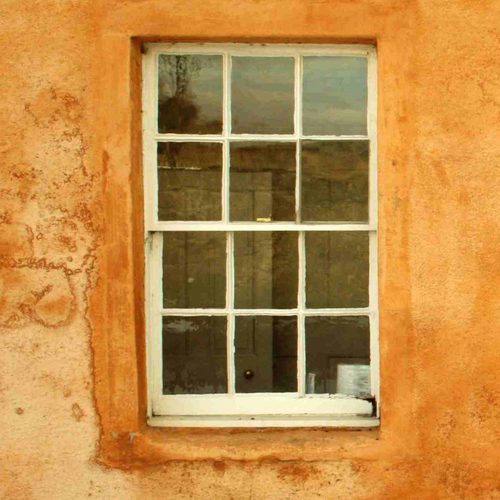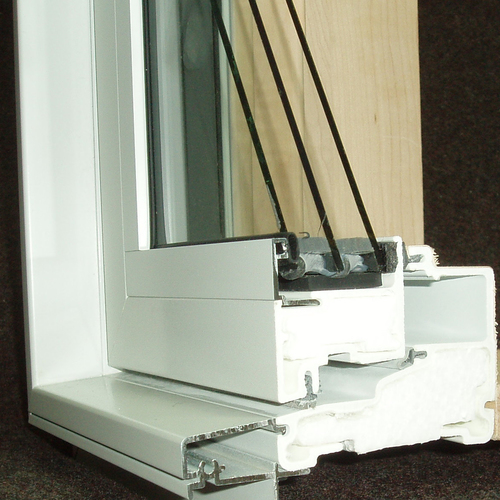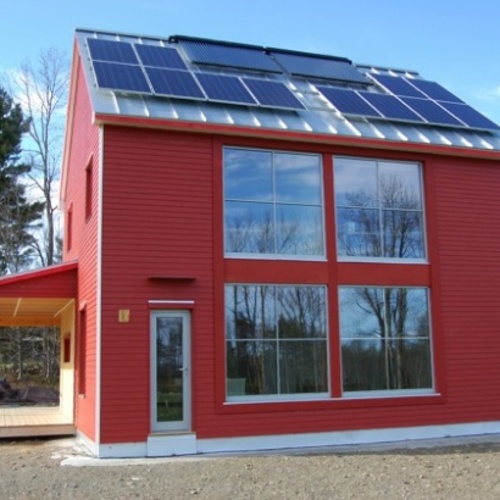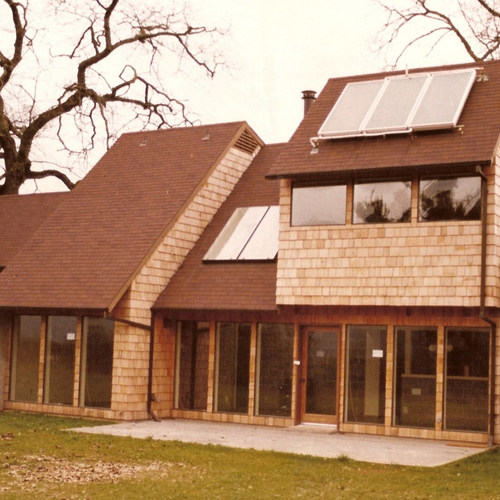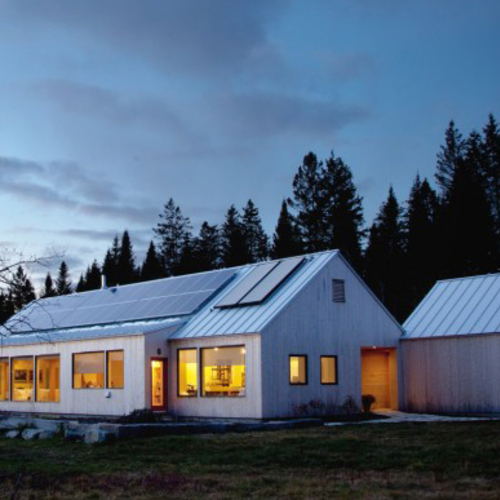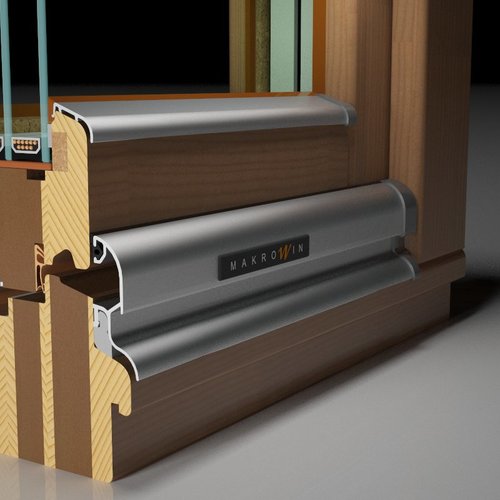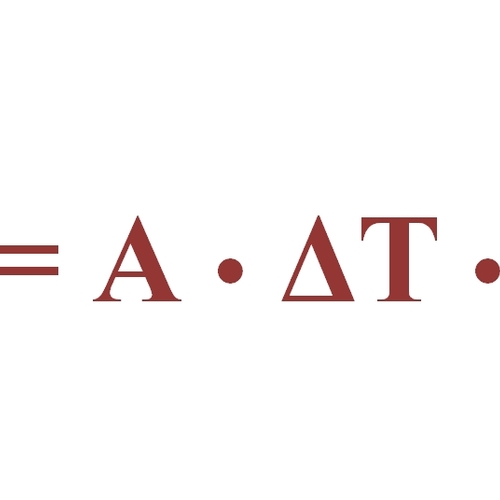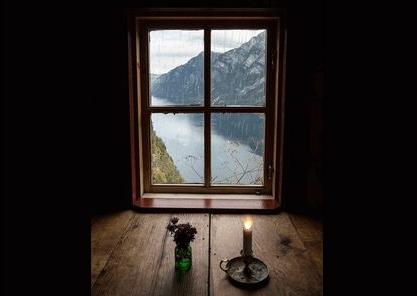
This is a list of the most important GBA articles on windows.
If you are looking for an index that spans all categories, with a special focus on “how to” articles, check out this resource page: “How to do Everything.”
-
How to Order Windows
Anyone who needs to choose windows for a new home has a lot of decisions to make. In this article, I’ll try to provide an overview of some of the factors to keep in mind when ordering windows.
-
What Should I Do With My Old Windows?
If you’re trying to lower your energy bills, you have probably plugged many of your home’s air leaks and have added insulation to your attic floor. Now you may be wondering, “What should we do about our old windows?” Unfortunately, there is no clear answer to this question. Sometimes it makes sense to leave old windows exactly the way they are. Sometimes it makes sense to repair the windows’ weatherstripping and add storm windows. And sometimes it makes sense to replace old windows with new energy-efficient windows.
-
Vinyl Windows and Vinyl Siding
Should vinyl building materials be banned from green homes? Some environmentalists think so. There seem to be three categories of building materials that particularly irk the anti-PVC crowd: vinyl siding, vinyl windows, and vinyl flooring. Since there are alternatives to all of these materials, these environmentalists argue, green homes shouldn’t include any of them. (Although the anti-vinyl group sometimes mentions PVC pipe used for drains and vents, it seems that neither plastic pipe nor the vinyl insulation on Romex wiring raises as many hackles as vinyl siding, windows, and flooring.)
-
What Windows Should I Buy?
Readers often post a simple question on our Q&A page: “What brand of window should I buy?” For an editor, it’s an exasperating question, because it’s unanswerable. The answer depends on a host of factors, including the buyer’s geographical location, performance expectations, budget, and personal sense of aesthetics. Rather than attempting to answer the question, I decided to interview fourteen designers and builders of high-performance homes. I asked them, “What brand of window did you specify on recent high-performance projects — and why?”
-
'Innie' Windows or 'Outie' Windows?
UPDATED on April 3, 2016 Builders in northern states and Canada often specify exterior wall foam for new construction as well as for residing jobs on existing houses. Installing rigid foam on exterior walls reduces thermal bridging through studs and (as long as the foam is thick enough) greatly reduces the chances of condensation in wall cavities. Current trends favor thicker and thicker foam; many cold-climate builders now routinely install 4 or 6 inches of EPS, XPS, or polyiso on exterior walls.
-
Choosing Triple-Glazed Windows
Since 1977, when Sweden introduced its stringent energy code, almost all new homes in Sweden have been equipped with triple-glazed windows. Here in the U.S., where energy codes are more lax, triple-glazed windows are still rare. For a minority of U.S. builders, however — especially cold-climate builders of superinsulated homes — triple-glazed windows are considered essential. Since few U.S. manufacturers offer high-solar-gain triple-glazed windows, most Americans get these windows from Canadian manufacturers.
-
Installing Windows in a Foam-Sheathed Wall
UPDATED on April 3, 2016.
-
All About Glazing Options
UPDATED on May 5, 2016 Everybody has an opinion on windows, and there’s a lot to talk about. Which frame material do you prefer: wood or fiberglass? Do you like double-hungs, sliders, or casements? Who provides better warranty service, Marvin or Pella? Window selection is a complicated topic, so I'll approach the issue in small bites. In this article I’ll focus on glazing.
-
Study Shows That Expensive Windows Yield Meager Energy Returns
An architectural cliché from the 1970s — the passive solar home with large expanses of south-facing glass — is making a comeback. In recent years, we’ve seen North American designers of Passivhaus buildings increase the area of south-facing glass to levels rarely seen since the Carter administration. What’s the explanation for all this south-facing glass? We’re told that there’s no other way for designers to meet the energy limit for space heating required by the Passivhaus standard: namely, a maximum of 15 kWh per square meter per year.
-
High-Solar-Gain Glazing
Homeowners can now receive a federal tax credit for 30% of the cost of new energy-efficient windows. The credit was authorized by the American Recovery and Reinvestment Act (ARRA) signed by President Obama in February.
-
Passivhaus Windows
UPDATED on June 11, 2013 with new information on European Passivhaus-certified windows available in the U.S. German windows, like German cars, have a very solid reputation for high performance and durability. U.S. interest in German windows has grown in recent years, especially among Passivhaus builders, leading several U.S. importers to conclude that the time is ripe to offer German windows to North American customers.
-
Presumptive European Superiority Syndrome
UPDATED on October 22, 2014 with an Addendum. [Editor's note: The author of this article, Stephen Thwaites, is a window manufacturer. His company, Thermotech Fiberglass Fenestration, is located in Ottawa, Ontario.] Most of the world, especially the green building community, assumes that “European” implies “more energy-efficient.” When it comes to windows, this automatic presumption of superior energy efficiency is both so common and so misplaced that it deserves a name: the Presumptive European Superiority Syndrome.
-
Comparing North American Window Frames to European Frames
[Editor's note: The author of this article, Stephen Thwaites, is a window manufacturer. His company, Thermotech Fiberglass Fenestration, is located in Ottawa, Ontario.]
-
Do Europeans Make Better Windows Than We Do?
It should come as no surprise that Europe, home of the Passivhaus standard, produces some outstanding windows. Some builders of high-efficiency houses in North America turn to European window manufacturers for their glazing, even though some U.S. and Canadian producers also offer high-performance products of their own. Is there a way to compare the performance data on windows from these two sources? That’s what Steve Young, now planning a Passive House in Climate Zone 5, would like to know.
-
All About U-Factor
The familiar NFRC sticker found on most new windows sold in the U.S. includes a number in the upper left-hand box labeled “U-factor.” For many homeowners and builders, an encounter with this sticker represents their first exposure to U-factor. Once people understand that a window has a U-factor, they might learn that walls and ceilings can have a U-factor, too. At that point, confusion may begin.
